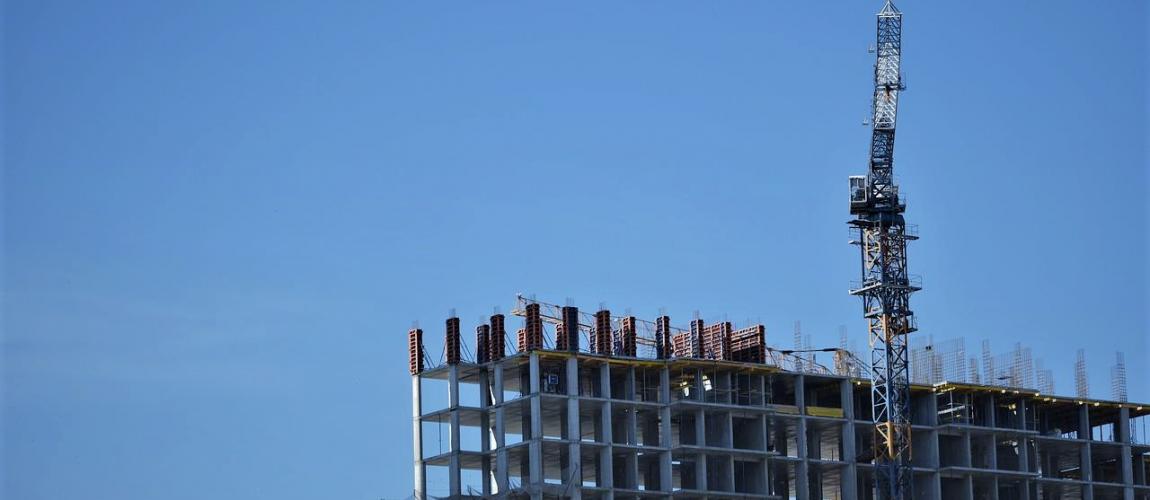Marketing the PPP

Photo Credit: Image by Pixabay
Marketing the PPP helps attract bidders and investors. This is particularly important in the early stage of a PPP program—governments need to make a positive effort to build bidder interest to increase competitive pressure. Marketing also helps identify who might be the potential bidders. This can feed into designing qualification criteria to avoid a situation where no firms qualify—as described in Kerf et al (Kerf et al. 1998, 114). At a minimum, marketing the PPP requires advertising the launch of the tender process. Many governments have requirements for how PPP tenders should be advertised. For example, the EPEC Guide to Guidance (EPEC 2011b, 27) notes that EU governments must publish a notice in the Official Journal of the European Union. The South Africa PPP Manual (ZA 2004a, 24) describes that the procurement must be advertised in the Government Gazette, on the institution's website, and through press advertisements. The Caribbean PPP Toolkit (Caribbean 2017, Module 5, Section 5) discusses the marketing of PPPs and presents practical examples. Some governments take a more proactive approach to marketing to generate investor interest prior to the official project launch. This could include: There is limited guidance material available on marketing PPP projects. Farquharson et al briefly describes the advantage of releasing information about the project prior to the formal launch, to attract bidder interest (Farquharson et al. 2011, 10). It also describes the value of marketing a pipeline of projects, rather than a single opportunity. Particularly for new PPP programs, this gives investors a stronger incentive to engage. The GI Hub has developed the freely-available Global Infrastructure Hub Project Pipeline (GIH 2016b) to assist governments in marketing PPP projects. The Pipeline allows governments to provide the market with early visibility of their projects and choose at what stage of a project’s development the marketing campaign should begin. The Pipeline also gives the governments the ability to demonstrate the progress of their projects through different stages of development.
Find in pdf at PPP Reference Guide - PPP Cycle or visit the PPP Online Reference Guide section to find out more.
Updated:
Related Content
INTRODUCTION
Page Specific DisclaimerVisit the PPP Online Reference Guide section to find out more.
PPP BASICS: WHAT AND WHY
Page Specific DisclaimerVisit the PPP Online Reference Guide section to find out more.
Featured Section LinksESTABLISHING THE PPP FRAMEWORK
Page Specific DisclaimerVisit the PPP Online Reference Guide section to find out more.
PPP CYCLE
Page Specific DisclaimerVisit the PPP Online Reference Guide section to find out more.
Identifying PPP Projects
Type of ResourceAppraising Potential PPP Projects
Type of ResourceStructuring PPP Projects
Type of ResourceDesigning PPP Contracts
Type of ResourceManaging PPP Transactions
Type of ResourceManaging PPP Contracts
Type of ResourceDealing with Unsolicited Proposals
Type of ResourceKey References - PPP Cycle
Type of Resource
Additional Resources
Marketing, Sales, and Pricing
Type of ResourceRight Block TitleTABLE OF CONTENTSRight Block DescriptionUNLOCKING GLOBAL EMISSION REDUCTION CREDIT
Guidance for Countries in Assessing ERC Projects
1. Introduction to Emission Reduction Credits
• The World Bank's Emission Reduction Program
•Classification of Emissions Reduction Credit
• Policy Context of Emissions Reduction Credit
2. Objective of the Guidance for Countries in Assessing ERC Projects
• Objective of Project Preparation Guidelines
• Introduction to the Project Assessment Framework
• Process to Conducting Assessments
• S1: Green Economy Priorities
• S3: Article 6 Readiness and Eligibility
4. Conducting the Initial Profiling and Making a Preliminary Decision
• F2: Additional Value Enabled by Project
• C1, C2, and C3: Carbon Integrity and Environmental and Social Risk Management
5. Conducting the Project Assessment and Making the Final Decision
• F1: Project ERC value and F2: Additional Value Enabled by Project
• Q2: Marketing, Sales, and Pricing
• Q3: Project Governance and Structure
• C2: Environmental Risk Management
• C3: Social Risk Management and Benefits
6. Further Guidance for Application
• Country Context-driven Factors
• Considerations for Future Scope
Abbreviations: Guidance for Countries in Assessing ERC Projects
Municipal PPP Case Studies by Category
Page Specific DisclaimerThe Guidelines on Innovative Revenues for Infrastructure (IRI) is intended to be a living document and will be reviewed at regular intervals. They have not been prepared with any specific transaction in mind and are meant to serve only as general guidance. It is therefore critical that the Guidelines be reviewed and adapted for specific transactions.
To find more, visit the Innovative Revenues for Infrastructure section and the Content Outline, or Download the Full Report. For feedback on the content of this section of the website or suggestions for links or materials that could be included, please contact the Public-Private Partnership Resource Center at ppp@worldbank.org.
KeywordsTable of contents TitleTable of ContentsTable of contents link/Innovative_Revenues_Infrastructure/Table_of_Contents